‘Milk & Serial’ is One of the Best Horror Movies of 2024 (here’s why)
Milk & Serial is a smart and satisfying horror movie. Here are a few of the best reasons why it’s one of 2024’s most exciting independent films.
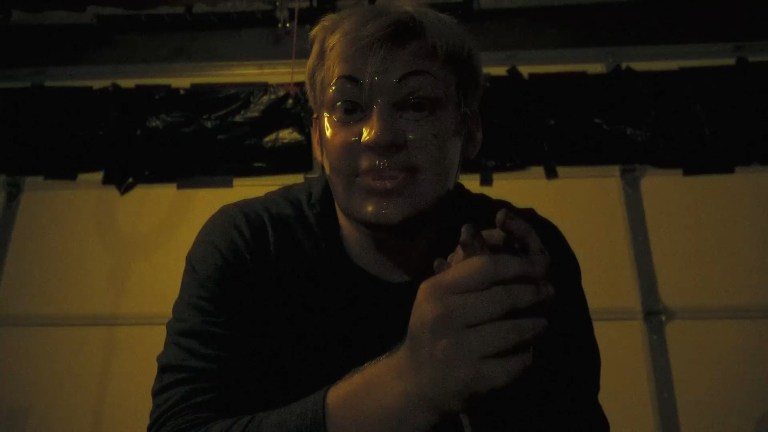
Table of Contents
Milk & Serial was posted on YouTube on the evening of August 8th, 2024, and it quickly went viral. The found-footage horror movie sparked interest in hundreds of thousands of viewers thanks to its clever writing, chilling acting, and underground appeal. But when a movie made for a reported total of $800 starts getting articles written about it in Variety and other mainstream industry media outlets, it might make some people wonder: is the movie really that good? Is there substance behind the buzz? I’ve seen Milk & Serial, and yes, it is that good. It is one of the best horror movies of 2024, and this article explains why it works so well.
A Brief Review of Milk & Serial (no spoilers)

This article is not meant to be a review of Milk & Serial, but you might have come here looking for one, so here is a spoiler-free assessment.
Milk & Serial takes full advantage of its found footage format, and of its character archetypes, in clever and completely entertaining ways. The beginning of the story establishes roommates Seven (Cooper Tomlinson) and Milk (Curry Barker) as YouTube pranksters. Social media influencers are a common sight in modern horror movies, especially in lower-budget movies, so hearing that this is yet another influencer-led movie might cause some eye rolling. But there are many good reasons why this character type is used in Milk & Serial, and that becomes clear fairly early on.
To be as vague as possible so as not to give anything away, the movie is about a prank gone wrong. Or does it go right? Or can it even be considered a prank? That’s the hook, and it keeps the tension simmering throughout the entire 62-minute run time. During that time you’ll be treated to a genuinely chilling performance from one of the film’s lead actors, and you’ll experience a twisty story that uses humor and horror in precise and effective ways. It’s a quick and easy watch, and it is something that is likely to stick with you long after it’s over.
Milk & Serial is recommended for all horror fans, especially fans of found footage and serial killers. It is currently streaming on YouTube on the “that’s a bad idea” channel.
Milk & Serial Analysis (spoilers)
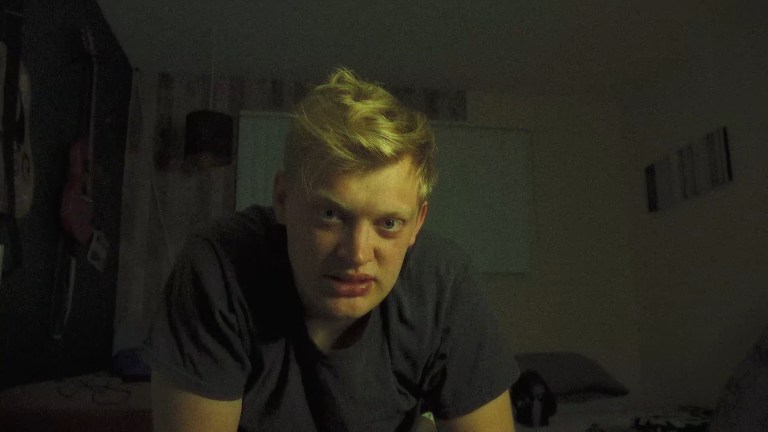
If you’re still reading, please be aware that I’m about to spoil all of the biggest plot points in Milk & Serial, even the ending. Especially the ending. For me, the final few seconds of the movie tie everything together in a way that elevates everything that came before it from “good” to “great.” But please, if you haven’t seen the movie yet, stop reading now and go watch it. It deserves to be seen unspoiled, and I’m about to spoil it! So go watch the movie, compile your thoughts, then come back here and compare notes with what I got out of the movie.
Okay, since you’ve seen the movie, I’m just going to jump into why I think it works so well. I’m saving the ending until, well, the end, because I think it’s the best part of the whole experience. It deserves its own section. So, let’s start with the characters.
When Milk & Serial begins, the first thing we learn is that we’re watching a movie about influencers. About online pranksters. On the positive side, using characters obsessed with filming everything for use on social media is a great way to get around one of the common complaints about found footage horror movies which is, “why is everyone still recording when things go wrong?” On the negative side, there are plenty of found footage movies with influencers as leads that fail to connect with a large percentage of the audience, mostly because they can easily come across as annoying or aggravating. Thankfully, Milk & Serial avoids the negative side while adding new layers to the positives.

Seven, as a character, isn’t completely likable at first, but that’s okay. He’s pulling a mean-spirited prank on his friend, but pretty soon Seven becomes completely sympathetic for viewers when Milk’s true nature is revealed. And as a lead character, Milk is enthralling in a way comparable to Frank Zito in Maniac (1980 & 2012) and Jack in The House that Jack Built (2018). He might not be as deeply explored as those characters, but Milk is a villain protagonist cut from a similar cloth. Curry Barker plays the part extremely well, with the delivery of many of his lines—”what do you mean you don’t like it”—being perfectly unsettling. Milk feels uncomfortably real, from his joy at explaining his “prank,” to the panic he exudes when the plan starts to go sideways as a cop approaches his car. Without Curry in the role of Milk, the movie wouldn’t work as well as it does.
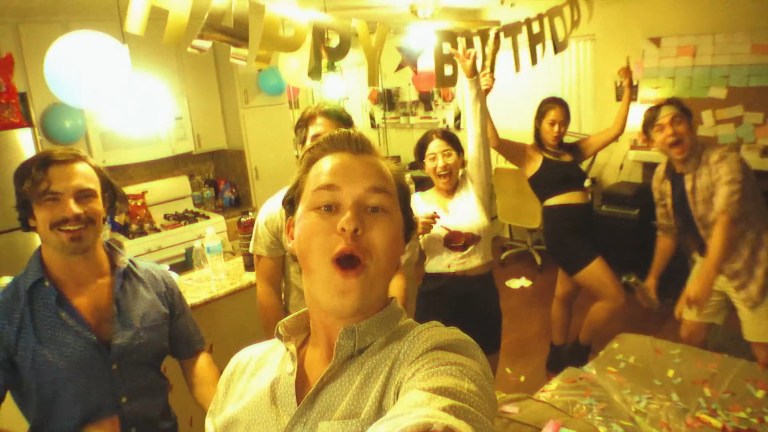
Also, having people pull pranks leans to heightened tension through the entirety of Milk & Serial. We first watch as Seven’s prank goes according to plan, but we then realize that Milk was already planning a prank of his own. By establishing both main characters as pranksters, the viewer is kept off-balance throughout the entire movie. How can we believe what we’re seeing if the characters themselves don’t always believe it? We can’t, and waiting for the next twist keeps us on edge. It’s a fine line to tread for the filmmakers. If you make everything unbelievable, then what’s the point? You’ll either end up needing a big information dump towards the end to explain the plot, or you’ll have a movie that is too ambiguous to be compelling. Milk & Serial is always compelling, and the well-executed usage of pranks as part of the plot is a big reason why.
The structure of the movie’s narrative also contributes greatly to the success of Milk & Serial. When referencing the pranks contributing to the tension present in the movie, that’s done through the repeated recontextualization of various events. At first we think Milk is completely in the dark about what is happening in the first 20 minutes of the movie. Later, we are shown that he was already making his own plans, and what we saw before was only partially true. It’s a mid-movie twist that many other films might save until the end, which leads us to believe another twist might be coming at any moment.

Additionally, there are few title cards that clearly mark the different acts of the movie, but the meaning of the text in a couple of those cards is anything but clear. The first title card, shown about ten minutes into the movie, reads, “the day he died.” When it appears, we might have an assumption about who “he” is, but that assumption is likely to change multiple times as events unfold. Then, marking the beginning of the final act is a title that reads, “the day they died.” Now, knowing how the earlier title was misleading, who could “they” be referring to? The ambiguity created by the titles is intriguing, and it leads directly into the last, best part of Milk & Serial: the ending.
Why the Ending of Milk & Serial is the Best (more spoilers)
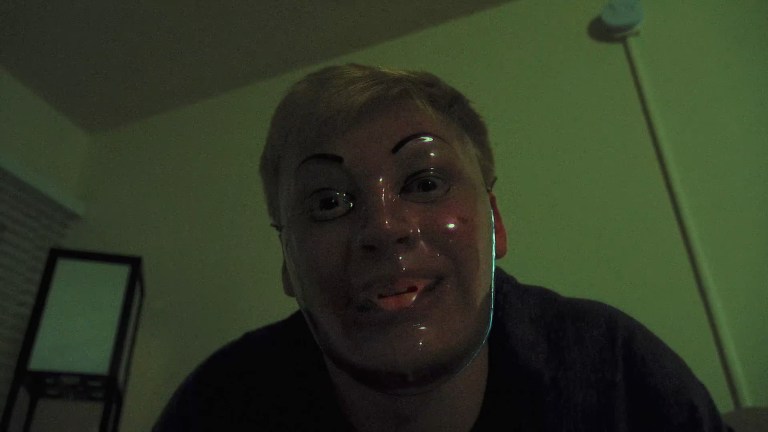
In the end, it is revealed that Milk intends to become a legendary serial killer. His masterpiece is going to be causing Seven to kill himself through layers of mental manipulation. The meticulous planning, quick thinking, and luck that Milk has documented on video is about to pay off, and we watch as he talks into the camera about how he’s going to end his elaborate “prank.” Suddenly, Seven walks into the room with a gun. We see Seven shoot, and the camera Milk is holding falls to the ground. We don’t see anyone, but we hear a second gunshot and what sounds like a body falling to the ground. Then the credits roll.
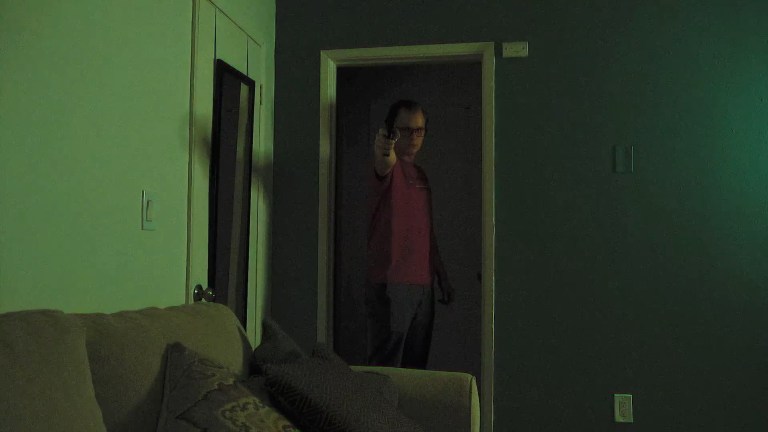
That, on its own, would be a completely satisfying ending to what we’ve seen. But that’s not all there is. For one thing, when the first shot rings out and Milk’s camera falls to the ground, on-screen text tells us that the “Time of Death” is 7:12 PM. That brings up a few interesting wrinkles.
We would assume that the time of death is referring to Milk since it is displayed after he is supposedly shot, but what if it doesn’t refer to him? We also assume that Seven shot himself and died, but no time of death is given for him. What if one of them didn’t die? Knowing that the text shown on screen can be misleading, what if the 7:12 PM is referring to Seven’s death and not Milk’s? We don’t actually see either of them get shot. In fact, after the credits are over, the last thing shown is that the camera is picked up off of the floor.
Having the camera be picked up by an unseen hand, in my estimation, is the smartest and best part of the movie. By showing the camera being picked up, but not knowing who does it, it once again recontextualizes the whole film. Was Milk ever telling the truth, even when he was alone with just his camera? Was Seven actually carrying out his own master plan that we didn’t know about? And maybe most importantly, who put the time of death on the video? Who edited the footage that we’re watching, and why? We can make logical assumptions, but we also know how that worked out for us earlier in the movie.
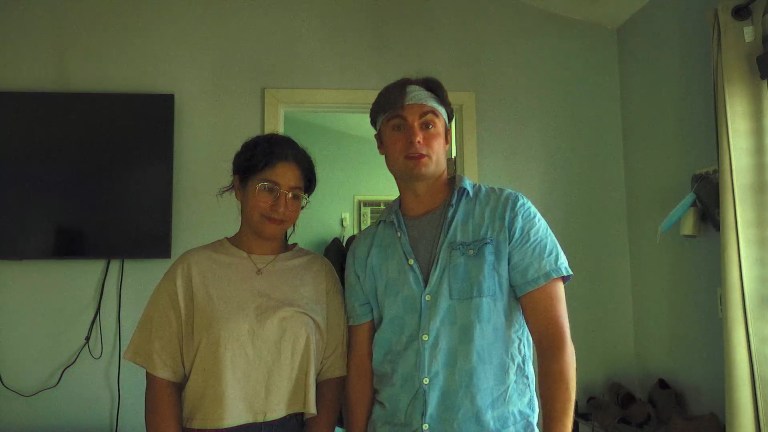
Milk & Serial is a found footage movie, meaning we’re supposed to watch it as if it’s actual footage of real events. Many movies that use this format fail to adhere to the reality of their situations all the way through to the end, and that can be frustrating for found footage sticklers. In fact, while watching Milk & Serial, the viewer might start to question the reality of what they’re watching. Certain moments feel odd. Like, why was the face of the black-market gun seller blurred in one shot but not the next? The blurring was obviously done after the fact, so there was no reason for it if the footage was “found” later on.

But more to the point, the footage was all edited together with a very specific intent. It is meant to be watched as a twisty horror movie. If we’re to suspend our disbelief and accept that Milk & Serial is “real” during the time we’re watching it, then we also have to believe that someone purposefully edited it this way to make it entertaining. Maybe Milk didn’t die, but he made sure to edit his footage in a way that made it appear as if he achieved his goal while ensuring people would think he is dead. Or maybe Milk and Seven’s friends Link and Naomi arrived and picked up the camera. The footage appears to show them far away from the scene of the crime as it happens, but if you look at the time stamps, there is plenty of time for them to get back to the apartment after finding Milk’s secret murder house. Plus, even if Milk is still alive, how did he get the videos that Naomi and Link made on their own? He either killed them too, or he didn’t make the movie we’re watching.

No answers are given, and that’s what makes the ending of Milk & Serial so intriguing. Ambiguous endings, when done well, can be fantastic. This is a fantastic ending. And sure, maybe I’m reading too much into it, and the camera pickup at the end of the movie is just a tiny behind-the-scenes glimpse of the ultra-independent nature of the production. But in a movie filled with misdirections, I believe it was one last intentional misdirection. The literal final second of the movie adds so much to the entire thing, and I love it for that.
